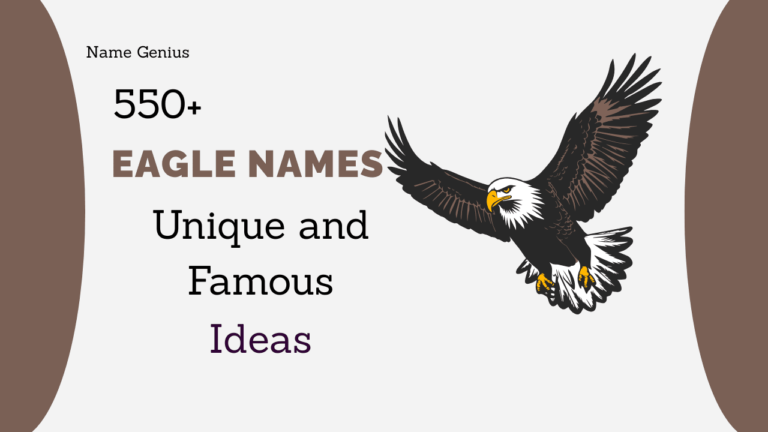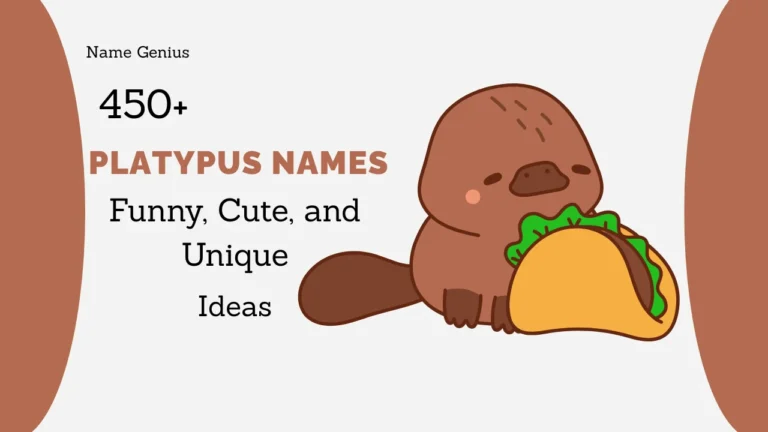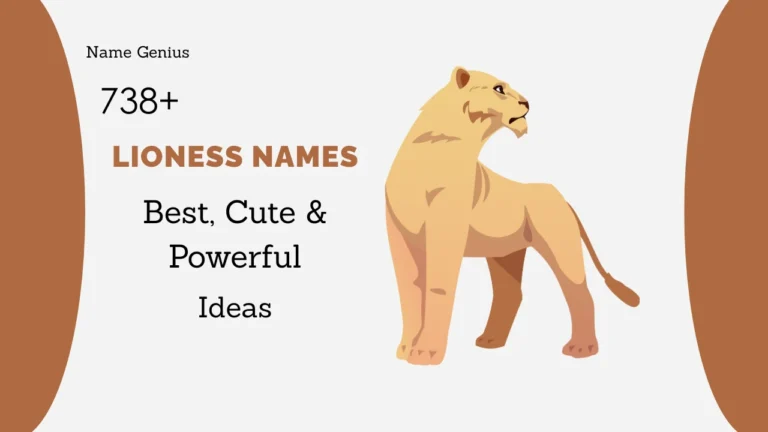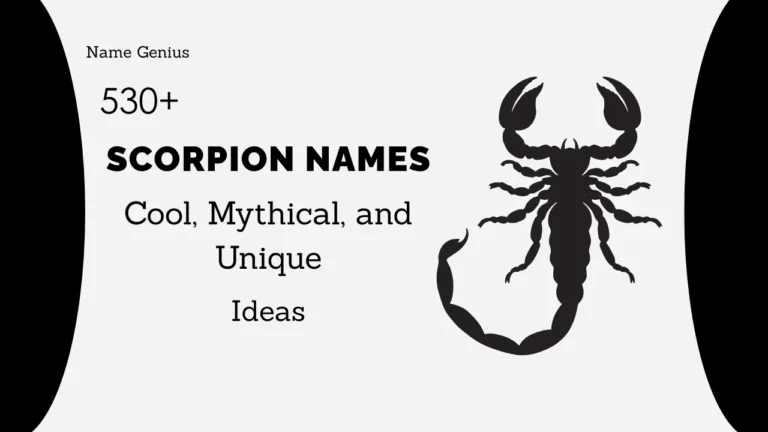147+ Best Flying Dinosaur Names (With Pictures, Facts & Pronunciation)
Flying dinosaur names often ignite a spark in the imagination of kids, dinosaur enthusiasts, and educators alike. These magnificent monikers conjure images of colossal creatures soaring through prehistoric skies, dominating the ancient world from above. While technically not dinosaurs themselves, these incredible prehistoric flying reptiles like the iconic Pteranodon or the enormous Quetzalcoatlus, have long been associated with the dinosaur era, captivating our minds with their sheer scale and aerial prowess.
Flying dinosaur names are more than just labels; they are gateways to understanding a fascinating period of Earth’s history. They allow us to delve into the diverse world of winged dinosaurs, exploring their unique characteristics and the environments they inhabited. Though distinct from their terrestrial dinosaur cousins, the names of flying dinosaurs have become synonymous with the awe-inspiring wildlife of the Mesozoic Era.
Understanding flying dinosaurs names helps us appreciate the scientific classification of these creatures, even if popular culture often blurs the lines. From the smallest to the largest, each name tells a story of adaptation, evolution, and a world vastly different from our own. To learn more about these incredible creatures, you can explore resources from the Natural History Museum, National Geographic, and the Smithsonian Institution.

Flying Dinosaur Facts Table
| Attribute | Details |
| Common Name | Flying Reptiles / Pterosaurs |
| Notable Examples | Pteranodon, Quetzalcoatlus, Dimorphodon |
| Scientific Group | Pterosauria |
| Era | Late Triassic to end of Cretaceous (228–66 MYA) |
| Wingspan Range | From 2 ft to over 35 ft |
| Diet | Carnivorous (mostly fish, insects, small prey) |
| Habitat | Coastal, forested, and open environments |
| Study Field | Paleontology |
| Fun Fact | Quetzalcoatlus had a wingspan wider than a bus! |
Most Famous Flying Dinosaur Names
The most famous flying dinosaur names are often those that have made their way into popular culture, becoming household names through movies, games, and museum displays. These names represent some of the most iconic prehistoric flying reptiles that soared through the ancient skies. When we think of flying dinosaur names, these are often the first to come to mind, embodying the majesty and mystery of the Mesozoic Era.
| Name | Pronunciation | Meaning/Notes |
| Pteranodon | Tuh-RAN-uh-don | “Winged and toothless,” famous for its crest |
| Pterodactylus | Te-roh-DAK-til-us | “Winged finger,” a well-known early pterosaur |
| Quetzalcoatlus | Kwet-zal-koh-AT-lus | Named after the Aztec feathered serpent god, enormous |
| Rhamphorhynchus | Ram-fo-RINK-us | “Beak snout,” known for its long tail |
| Dimorphodon | Dy-MOR-fo-don | “Two-form tooth,” had two distinct tooth types |
| Anhanguera | An-an-GWEH-ra | “Old devil,” from Brazil, known for its crest |
| Ornithocheirus | Or-nih-tho-KY-rus | “Bird hand,” a large fish-eating pterosaur |
| Nyctosaurus | Nik-TO-sawr-us | “Night lizard,” similar to Pteranodon but without fingers |
| Dsungaripterus | Zun-ga-RIP-ter-us | “Junggar wing,” known for its upward-curving jaw |
| Tapejara | Ta-peh-JAR-ah | “Old being,” from Brazil, known for its large crest |
| Istiodactylus | Is-tee-oh-DAK-til-us | “Sail finger,” scavenger pterosaur |
| Tupuxuara | Too-pook-shoo-AH-ra | “Familiar spirit,” known for its large crest |
Cool and Unique Flying Dinosaur Names
Beyond the most famous, there are many cool and unique flying dinosaur names that represent lesser-known or recently discovered species of pterosaurs. These names often reflect distinctive features or the location where they were found, adding to their intrigue. Exploring these names allows us to delve deeper into the incredible diversity of prehistoric flying reptiles that once graced our skies.
| Name | Pronunciation | Meaning/Notes |
| Thalassodromeus | Tha-las-so-DRO-mee-us | “Sea runner,” known for its enormous crest |
| Azhdarcho | Azh-DAR-kho | “Dragon,” related to Quetzalcoatlus, large |
| Caiuajara | Ky-oo-a-JAR-ah | Social pterosaur from Brazil, found in groups |
| Chaoyangopterus | Chao-yang-OP-ter-us | “Chaoyang wing,” from China, unique head crest |
| Geosternbergia | Jee-oh-STERN-ber-gee-a | Similar to Pteranodon, distinct crest |
| Hamipterus | Ham-IP-ter-us | “Hami wing,” colonial nester with both sexes found |
| Hatzegopteryx | Hat-zeh-GOP-ter-iks | “Hațeg wing,” massive European azhdarchid |
| Jeholopterus | Jeh-hol-OP-ter-us | Small, possibly insectivorous, with fur-like pycnofibers |
| Noripterus | Nor-IP-ter-us | “Northern wing,” a filter-feeding pterosaur |
| Pterodraco | Ter-oh-DRA-ko | “Wing dragon,” early Jurassic pterosaur |
| Sinopterus | Sy-NOP-ter-us | “China wing,” known for its distinct skull |
| Tupandactylus | Too-pan-DAK-til-us | “Tupan finger,” related to Tapejara, large cranial crest |
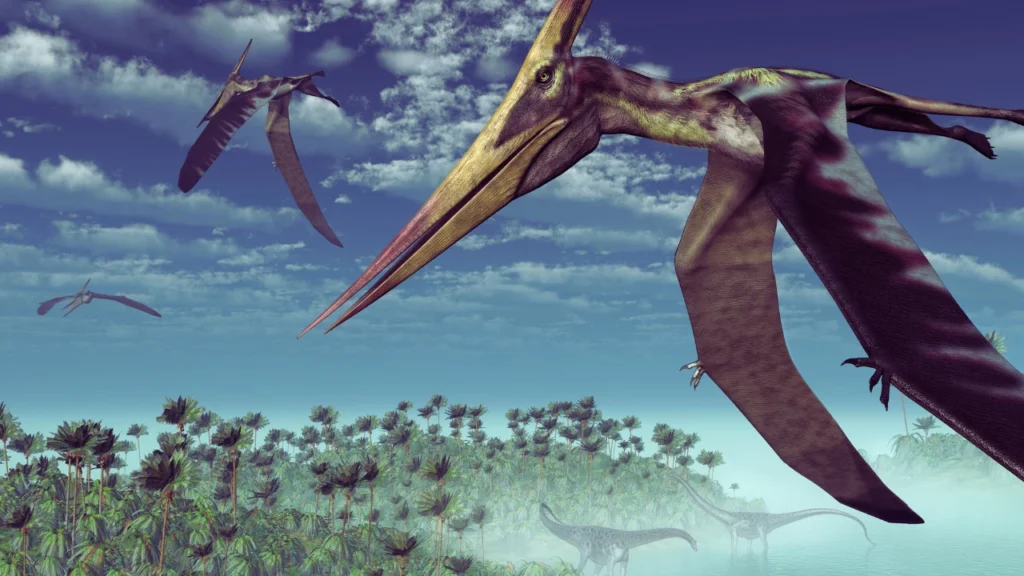
Flying Dinosaur Names for Kids
When it comes to flying dinosaur names for kids, the best ones are often fun, easy to pronounce, and spark the imagination. These names are perfect for toys, books, and young learners who are just beginning their journey into the world of prehistoric creatures. They help make learning about prehistoric flying reptiles an exciting adventure.
| Name | Pronunciation | What makes it great for kids? |
| Pterry | TERRY | A cute, shortened version of Pteranodon |
| Terry the Flyer | TERRY the FLY-er | Simple, descriptive, and memorable |
| Wingy | WIN-gee | Emphasizes their most prominent feature |
| Sky-Dino | SKY-DEE-no | Easy to understand and combines two exciting concepts |
| Flapper | FLAP-per | Playful and describes how they fly |
| Zoomer | ZOO-mer | Implies speed and excitement |
| Glidezilla | GLIDE-zil-la | Combines gliding with a fun, monster-like ending |
| Aero | AIR-oh | Short, sleek, and suggests air or flight |
| Cloud Jumper | CLOUD JUMP-er | Evokes images of soaring through the clouds |
| Featherstorm | FEATH-er-storm | Evocative and sounds powerful (even though they didn’t have feathers) |
| Skysaur | SKY-sawr | A simple blend of “sky” and “dinosaur” |
| Whirly | WHIR-lee | Suggests quick, agile movements in the air |
Cute or Funny Flying Dinosaur Names
Sometimes, the best way to connect with flying dinosaur names is to add a touch of whimsy. These cute or funny names can be made up based on sounds, visuals, or playful interpretations of their characteristics. They’re perfect for creative games, storytelling, or just a good laugh while exploring the world of prehistoric flying reptiles.
| Name | Inspiration/Meaning |
| Wingy | Simple, descriptive, and emphasizes their wings |
| Glidezilla | Combines gliding with a fun, monster-like suffix |
| Featherstorm | Sounds powerful and imaginative (despite no feathers) |
| Pterry | A cute nickname for Pteranodon |
| Swoopy | Describes their graceful flight patterns |
| Sky-Scamper | Suggests quick, agile movements in the air |
| Squawk-a-saurus | Combines bird-like sounds with the “dinosaur” ending |
| Beaky | Refers to their distinct beaks |
| Cresty | Highlights their prominent head crests |
| Flutter-Butt | A silly, lighthearted take on their movement |
| Wind-Whisperer | Evokes a sense of gentle flight |
| Air-Snapper | Suggests quick movements to catch prey |
Flying Dinosaur Names A to Z
For those who want a comprehensive look at flying dinosaur names, an alphabetical mini-dictionary is an excellent resource. This section provides a detailed list, great for navigation and learning more about the incredible variety of prehistoric flying reptiles. Each entry offers a brief insight into these fascinating creatures, expanding your knowledge of flying dinosaurs names.
| Name | Pronunciation | Notes/Meaning |
| Aerodraco | Air-oh-DRA-ko | “Air dragon,” a general term for flying reptiles |
| Alanqa | Ah-LAN-ka | Moroccan azhdarchid, long slender jaws |
| Anurognathus | An-yoo-rog-NATH-us | “Tail-less jaw,” small, wide-mouthed insectivore |
| Archaeopteryx | Ar-kee-OP-ter-iks | Though a bird, often associated with early flight evolution |
| Azhdarcho | Azh-DAR-kho | “Dragon,” large azhdarchid pterosaur |
| Bakonydraco | Bah-kon-ee-DRA-ko | “Bakonydraco,” from Hungary, a mid-sized azhdarchid |
| Brasileodactylus | Bra-zeel-ee-oh-DAK-til-us | “Brazilian finger,” a fish-eating pterosaur |
| Cearadactylus | See-ar-ah-DAK-til-us | “Ceará finger,” from Brazil, large, predatory |
| Coloborhynchus | Kol-oh-bo-RINK-us | “Maimed snout,” known for a crest on its snout |
| Cretorhynchus | Kret-oh-RINK-us | “Cretaceous snout,” large, fish-eating pterosaur |
| Dorygnathus | Dor-ig-NATH-us | “Spear jaw,” early Jurassic pterosaur |
| Eurazhdarcho | Yoo-razh-DAR-kho | European azhdarchid, mid-sized |
| Forfexopterus | For-fex-OP-ter-us | “Scissor wing,” known for its scissor-like jaws |
| Gallodactylus | Gal-oh-DAK-til-us | “Rooster finger,” small to medium-sized pterosaur |
| Gnathosaurus | Nath-oh-SAWR-us | “Jaw lizard,” long, slender jaws with numerous teeth |
| Haopterus | Ha-OP-ter-us | “Hao’s wing,” from China, distinct skull shape |
| Ikrandraco | Ih-kran-DRA-ko | “Ikran dragon,” named after creatures from Avatar, aquatic |
| Jidapterus | Jid-AP-ter-us | “Jida wing,” from China, toothless |
| Keresdrakon | Ker-es-DRA-kon | “Keres dragon,” large pterosaur from Brazil |
| Ludodactylus | Loo-doh-DAK-til-us | “Play finger,” crest resembling a toy |
| Maaradactylus | Mah-rah-DAK-til-us | “Maara finger,” large, fish-eating pterosaur |
| Nemicolopterus | Nem-ih-kol-OP-ter-us | “Forest wing,” one of the smallest known pterosaurs |
| Ornithodesmus | Or-nih-tho-DES-mus | “Bird bond,” early named pterosaur, once thought a bird |
| Paludidraco | Pal-oo-dih-DRA-ko | “Swamp dragon,” from the UK, possibly an azhdarchid |
| Quetzalcoatlus | Kwet-zal-koh-AT-lus | “Feathered serpent god,” enormous azhdarchid |
| Rhamphinion | Ram-FIN-ee-on | “Beak-like,” small, early pterosaur |
| Santanadactylus | San-tan-ah-DAK-til-us | “Santana finger,” from Brazil, large pterosaur |
| Thanatosdrakon | Tha-na-tos-DRA-kon | “Dragon of death,” large azhdarchid from Argentina |
| Urzhad | Ur-ZHAHD | “Urzhad,” a recently named azhdarchid from Transylvania |
| Volaticotherium | Vol-at-ih-ko-THEER-ee-um | Gliding mammal, not a pterosaur, but shows convergent evolution |
| Wukongopterus | Woo-kong-OP-ter-us | “Wukong’s wing,” transitional pterosaur |
| Xingjiangopterus | Shing-jyung-OP-ter-us | “Xinjiang wing,” similar to Dsungaripterus |
| Yixianopterus | Yee-shee-an-OP-ter-us | “Yixian wing,” from China, known for its crest |
| Zhejiangopterus | Zhe-jyahng-OP-ter-us | “Zhejiang wing,” a large, toothless azhdarchid |
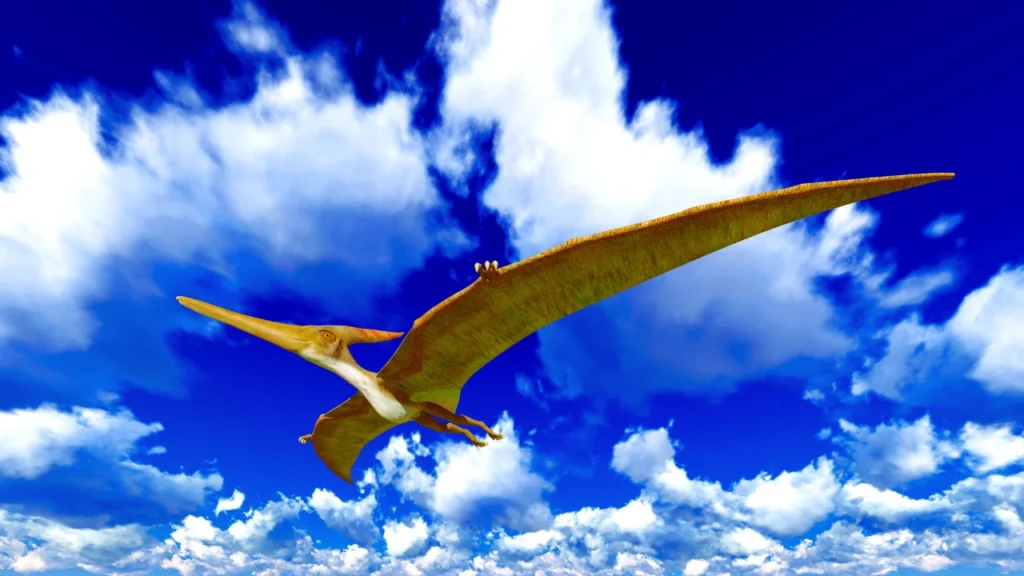
Largest Flying Dinosaurs by Wingspan
The largest flying dinosaurs (pterosaurs) by wingspan were truly awe-inspiring giants that dwarfed most modern flying creatures. Their immense size and impressive wingspans are a testament to the incredible scale of life during the Mesozoic Era. When we talk about flying dinosaur names, these behemoths often capture the imagination due to their sheer grandeur.
| Name | Wingspan Range | Comparison/Notes |
| Quetzalcoatlus | 33–36 ft (10–11 m) | Wider than a bus or a small aircraft, largest known |
| Hatzegopteryx | 33–36 ft (10–11 m) | Similar in size to Quetzalcoatlus, from Europe |
| Arambourgiania | 23–26 ft (7–8 m) | Large azhdarchid from Jordan |
| Ornithocheirus | 16–20 ft (5–6 m) | Significant wingspan, known from England and Brazil |
| Tropeognathus | 20–26 ft (6–8 m) | Large crest on both upper and lower jaws |
| Anhanguera | 15–16 ft (4.5–5 m) | Notable crests on upper and lower jaws |
| Pteranodon | 18–24 ft (5.5–7 m) | Iconic, with a distinctive long crest |
| Coloborhynchus | 13–15 ft (4–4.5 m) | Known for its snout crest, large for its time |
| Noripterus | 13–16 ft (4–5 m) | Filter-feeding pterosaur from China |
| Zhejiangopterus | 20–23 ft (6–7 m) | Toothless azhdarchid from China, large |
Differences Between Flying Dinosaurs and Birds
It’s a common misconception that flying dinosaurs names refer to actual dinosaurs. While they lived during the same period and shared the skies, there are fundamental differences between flying dinosaurs (pterosaurs) and birds. Understanding these distinctions is crucial for accurately categorizing these fascinating creatures.
Pterosaurs, such as Pteranodon and Quetzalcoatlus, were not dinosaurs. They belonged to a separate lineage of reptiles called Pterosauria. Dinosaurs, in the scientific sense, were terrestrial or aquatic reptiles. Birds, on the other hand, are direct descendants of a group of feathered dinosaurs called maniraptorans. This means that while no non-avian dinosaurs could truly fly, birds are avian dinosaurs.
Here are some key differences:
- Wing Structure: Pterosaurs had wings formed by a membrane of skin, muscle, and other tissues stretching from their elongated fourth finger to their ankles. Birds, however, developed wings from their entire forelimb, with feathers providing the primary flight surface.
- Skeletal Features: Pterosaurs had hollow bones, like birds, but their overall skeletal structure was distinct. Their skulls often featured large crests that were absent in most early birds.
- Body Covering: Pterosaurs had a fuzzy, hair-like covering called pycnofibers, which likely provided insulation. Birds are characterized by feathers.
- Evolutionary Lineage: Pterosaurs evolved from an earlier group of reptiles entirely separate from the lineage that led to dinosaurs and, subsequently, birds. Birds are direct descendants of theropod dinosaurs.
Despite these differences, both pterosaurs and birds represent incredible examples of convergent evolution, where unrelated species develop similar traits (in this case, flight) to adapt to similar environmental pressures. So, while we often use flying dinosaur names colloquially, it’s important to remember the distinct evolutionary paths of these magnificent aerial creatures.
Flying Dinosaurs in Pop Culture
The allure of flying dinosaur names extends far beyond scientific journals and museum halls; they have soared into the realm of pop culture, capturing the imaginations of millions. From blockbuster movies to beloved animated series and video games, prehistoric flying reptiles have become iconic figures, cementing their place in modern media. Their portrayal often shapes our understanding of winged dinosaurs.
Perhaps the most famous representation of “flying dinosaurs” is in the Jurassic Park franchise. Pteranodon, with its menacing screech and dramatic dives, has been a recurring presence, often depicted as a dangerous predator. While scientifically inaccurate in some aspects (like their size relative to humans or aggressive behavior), these portrayals have made flying dinosaur names like Pteranodon instantly recognizable to a global audience.
| Pteranodon | Quetzalcoatlus | Dimorphodon |
| Rhamphorhynchus | Tapejara | Pterodaustro |
| Tropeognathus | Dsungaripterus | Nyctosaurus |
| Geosternbergia | Anurognathus | Thalassodromeus |
| Haopterus | Istiodactylus | Cearadactylus |
| Ludodactylus | Ornithocheirus | Eudimorphodon |
| Tupandactylus | Sordes | Coloborhynchus |
| Pterodaemon | Aerodactyl (Pokémon) | Pterry (Denver TV) |
| Petrie (Land Before Time) | Terradon (Primal Rage) | Stormfly (HTTYD) |
| Dragondactyl | Flapjaw | Windripper |
| Talonwing | Featherfang | Screechwing |
Conclusion
The sky was never the limit for these incredible creatures. From the majestic Pteranodon to the massive Quetzalcoatlus, these flying dinosaur names capture the awe and wonder of prehistoric flight. Whether you’re naming a toy, writing a fantasy story, or diving into paleontology, these winged wonders are sure to inspire curiosity.
If you’re interested in exploring beyond the skies, check out our full list of 100 Dinosaur Names for land-roaming legends, or dive into the deep with Water Dinosaur Names. For a dose of creativity and fun, explore our playful Funny Dinosaur Names. Want to challenge your pronunciation skills? Don’t miss the Longest Dinosaur Names. And for everything dinosaur-related in one place, visit our master list of Dinosaur Names.
From sea to land to air, the ancient world was filled with unforgettable names — and now, so is yours.
❓ FAQs About Flying Dinosaur Names
Are flying dinosaurs real dinosaurs?
Technically, flying reptiles like Pteranodon are Pterosaurs, not true dinosaurs—but they’re commonly grouped with them in popular culture due to their shared Mesozoic era habitat. True dinosaurs were primarily land-dwelling, and modern birds are their closest living relatives.
What is the biggest flying dinosaur?
Quetzalcoatlus is one of the largest known flying reptiles, with a wingspan of over 30 feet, making it the biggest “flying dinosaur” in common parlance. Its sheer size was comparable to a small airplane.
Which flying dinosaur names are best for kids?
Easy-to-pronounce names like Dimorphodon or Pteranodon are great for children. Additionally, fun, imaginative names like “Wingy,” “Glidezilla,” or “Featherstorm” can spark their interest and creativity.
Can flying dinosaurs still be seen today?
No, all flying reptiles from the Mesozoic era are extinct. While birds are capable of flight and are evolutionary relatives of dinosaurs, pterosaurs vanished millions of years ago.
Where can I see flying dinosaur fossils?
Museums like the Natural History Museum in London, the Smithsonian National Museum of Natural History, and various natural history museums around the world often have impressive fossil displays of Pterosaurs.

